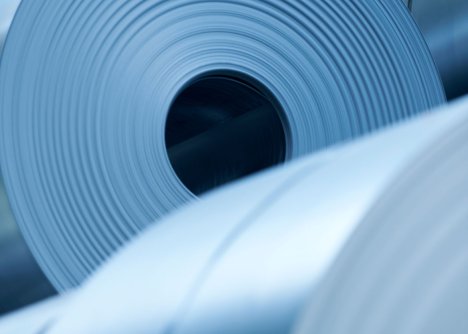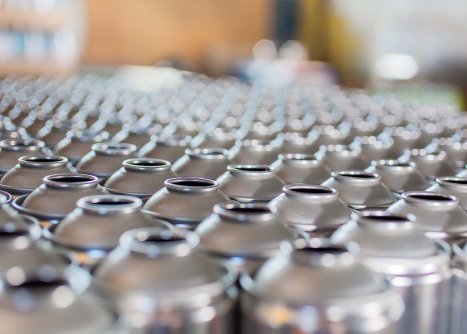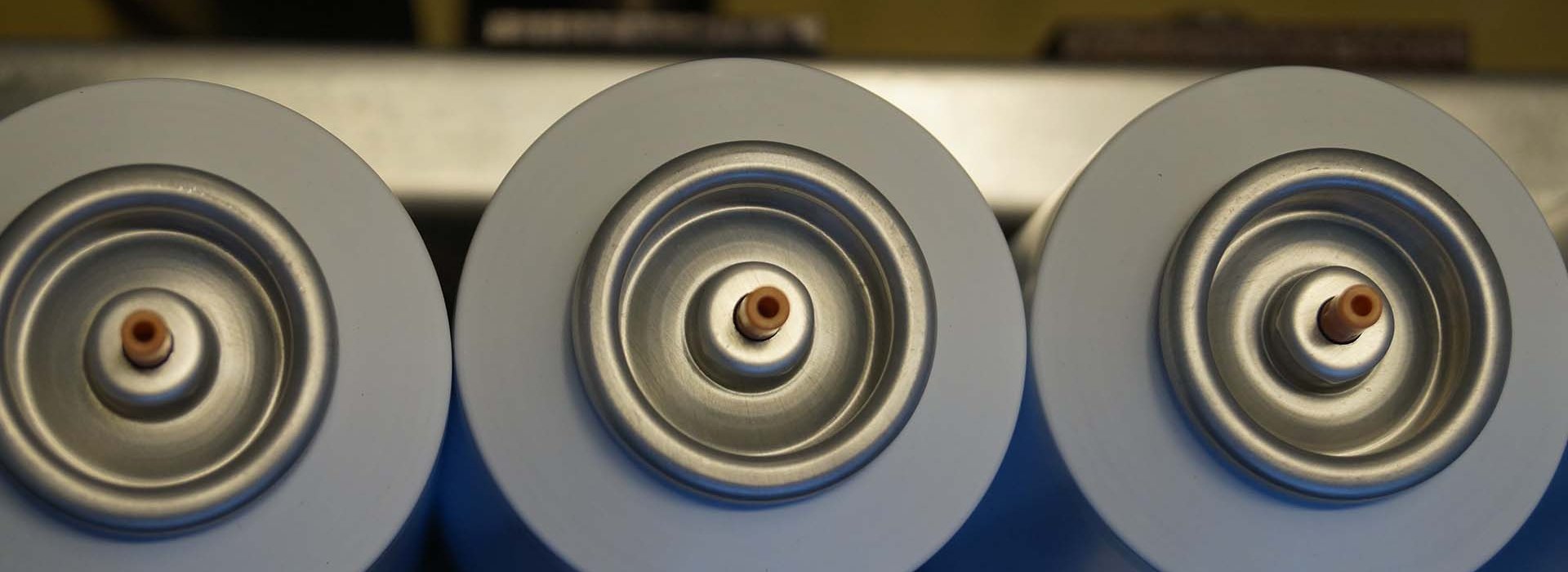A material with a long life
Metals such as aluminum and steel are popular choices, but using metal responsibly in your packaging requires thoughtful design and clear consumer guidance. This guide covers the most common metals used in product packaging and offers key considerations for recycling and providing information to consumers.
Common types of metal and their uses
Aluminium and steel: Used for tubes, cans, lids, as well as larger containers and specialty packaging.


Key considerations for recycling metals
- Aluminium and steel are fully recyclable and retain their quality throughout the recycling process, meaning they can be recycled infinitely.
- Producing metal has a significant environmental impact. By reusing already extracted metals, we can reduce this footprint.
Packaging information to include
- Label packaging with clear sorting symbols in compliance with national guidelines for the market where it will be sold.
- Provide clear instructions on how to sort the packaging, such as whether lids and cans should be separated.
Tips when choosing metal packaging
Make conscious design choices
Design metal containers that can be reused or refilled when needed.
Conscious design choices: Leave your metal packaging uncolored and print only essential information to simplify recycling and reduce environmental impact.
Ensure that any plastic or other materials used in conjunction with metal packaging (e.g., plastic pumps or lids) are easy to separate for recycling.
